Ever wondered what it would be like if the world of horror movies collided with the animal kingdom? Well, you don’t have to imagine too hard because there are creatures out there with powers so strange and creepy they could be the next big horror flick. Forget about werewolves and vampires; these animals have abilities that could make even seasoned horror fans squirm. From resurrecting the dead to hypnotizing prey, their abilities are real and freakishly terrifying. Let’s dive into the spooky wonderland of Mother Nature’s most bizarre creations. Hold on to your popcorn—this is going to be a wild ride.
1. The Zombie-Like Abilities of the Toxoplasma Gondii
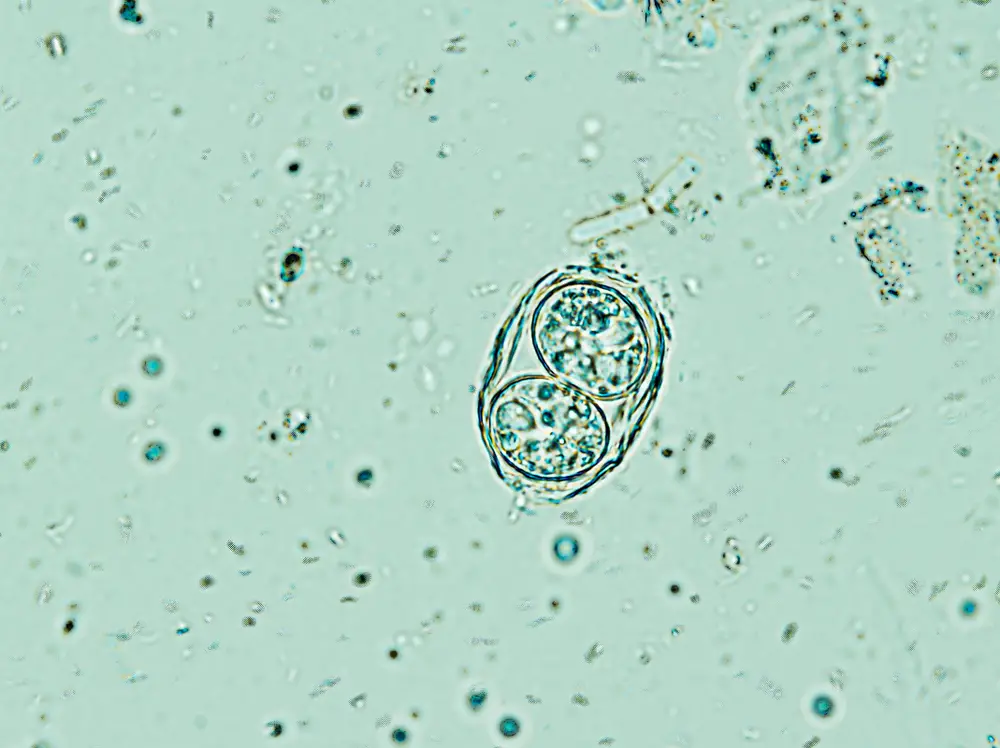
You might have heard of Toxoplasma gondii, a parasite that has the power to turn its hosts into something out of a zombie apocalypse. This microscopic organism often infects rats but can find its way into humans, too. Once inside a rat, it rewires their brain to make them unafraid of cats, the perfect host for the parasite’s next stage of life. The rat, now an easy target, gets eaten by a cat, allowing the parasite to complete its life cycle. It’s like a horror movie plot, but on a very small scale. Just think about it: this tiny organism can turn brave rats into reckless cat snacks.
And if you think humans are safe, think again. Studies suggest that Toxoplasma gondii might influence human behavior, linking it to mental health issues like schizophrenia. Imagine a parasite that can potentially change aspects of your personality—that’s straight-up horror movie material. Thankfully, most people with a healthy immune system can ward off severe symptoms, but the potential is there. So, the next time you clean your cat’s litter box, consider the microscopic drama that could be unfolding. Who knew such a small creature could wield such control?
2. The Hypnotizing Powers of the Cuttlefish
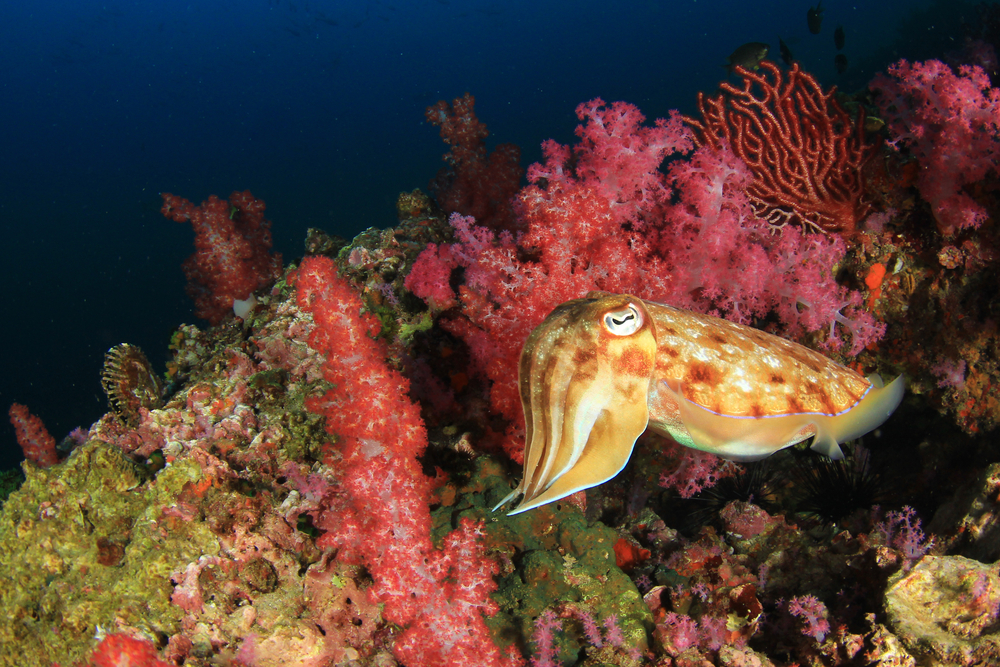
The cuttlefish might not look like much, but it’s basically the Houdini of the ocean. According to ScienceDirect, these remarkable creatures can hypnotize their prey by changing the colors and patterns on their skin in a dazzling display. Imagine you’re a small fish, captivated by the cuttlefish’s swirling colors, and before you know it, you’re lunch. It’s like a magician waving a wand, but instead of pulling a rabbit out of a hat, it pulls you into its mouth. The cuttlefish’s ability to mesmerize is both its survival tactic and a nightmare scenario for its prey.
Scientists are still trying to understand how this form of hypnosis works, but one thing’s for sure: it’s an effective tool in the cuttlefish’s arsenal. With the power to blend into its surroundings or flash hypnotic patterns, it’s like the ocean’s own version of a shapeshifting ghost. This trickery is not just for catching prey; it also helps cuttlefish dodge their predators. So, next time you’re snorkeling and you spot one of these cephalopods, be wary—you might just find yourself lost in its kaleidoscope of colors. It’s the kind of creature that reminds you the ocean is full of mysteries yet to be unraveled.
3. The Terrifying Tactics of the Trapdoor Spider

Arachnophobes, beware: the trapdoor spider is the stuff of nightmares. According to the Arizona-Sonora Desert Museum, this crafty spider creates a hidden lair with a cleverly disguised trapdoor made of soil, vegetation, and silk. It lurks beneath, waiting for unsuspecting prey to wander by. When a hapless insect comes too close, the spider bursts forth, snatching its victim with lightning speed. It’s a real-life jump scare that would make even the most seasoned horror movie directors envious. The trapdoor spider’s patience and precision make it a formidable predator.
But the horror doesn’t end with its hunting tactics. These spiders can live for up to 20 years, biding their time and honing their ambush skills. Imagine a creature that spends decades perfecting its craft of stealth and surprise. While they pose no threat to humans, the idea of such a patient and calculating predator is enough to make your skin crawl. In the dark corners of the earth, these spiders remind us that sometimes the scariest things are the ones you never see coming. They truly embody the essence of silent, hidden danger.
4. The Bone-Chilling Force of the Electric Eel
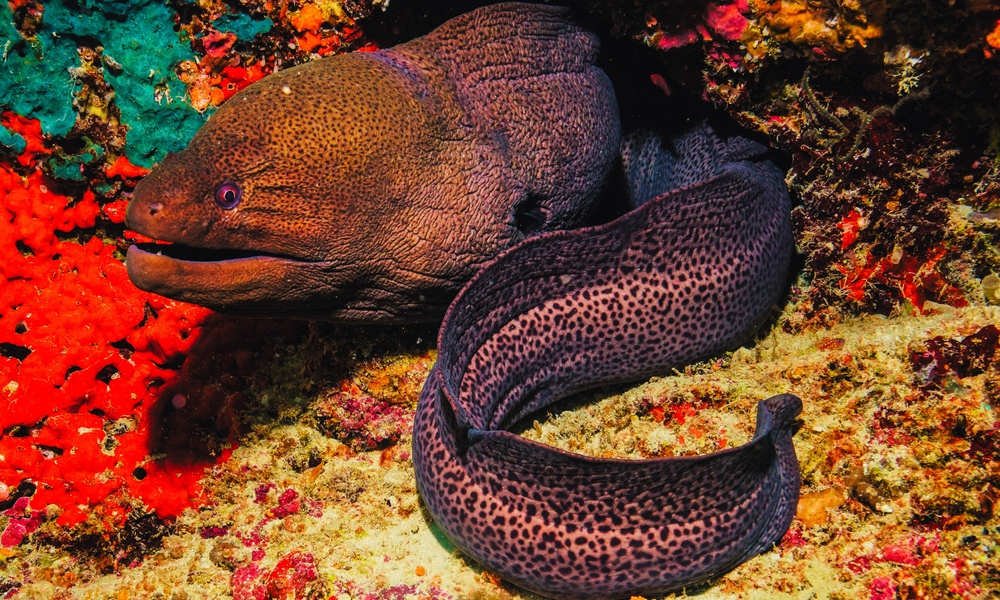
Electric eels are like underwater superheroes with a shocking twist. These serpentine fish (yes, they’re technically fish, not eels) can generate electric shocks of up to 600 volts, enough to stun prey or ward off predators. It’s as if they’re armed with their own built-in taser gun. Picture a horror movie villain who can zap you into submission with just a flick of their fin—now that’s unsettling. Electric eels use this power to navigate, communicate, and hunt in the murky waters of the Amazon Basin.
But what makes this creature even more fascinating is its ability to control the intensity and duration of its electric discharges. It can emit low-voltage pulses for communication or ramp up the voltage for hunting and self-defense. The electric eel’s anatomy is like something out of a sci-fi thriller, with specialized cells called electrocytes that generate its shock-inducing power. While humans are rarely in danger from these creatures, their ability to wield electricity like a natural weapon is both awe-inspiring and terrifying. It’s a shocking reminder that nature often writes the best horror scripts.
5. The Spine-Chilling Defense of the Horned Lizard
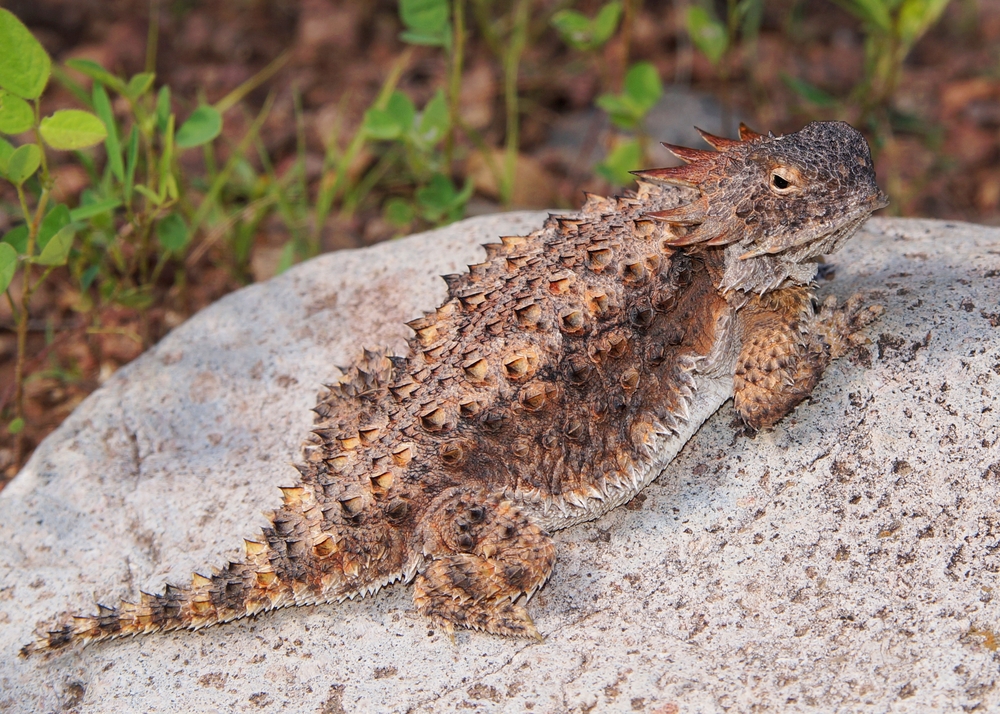
Prepare to be horrified by the horned lizard, a reptile with a gruesome defense mechanism. When threatened, some horned lizards can shoot streams of blood from their eyes, aiming at predators to confuse and scare them away. It’s like a scene from a B-movie horror flick, but it’s very real. This bizarre adaptation is both a defense mechanism and a spectacle, leaving predators bewildered and more than a little grossed out. The blood contains chemicals that are noxious to canines, adding to the lizard’s effectiveness against would-be attackers.
And if blood-squirting wasn’t enough, horned lizards are also masters of camouflage. They blend seamlessly with their desert surroundings, making them difficult to spot unless they decide to unleash their unsettling defense. Their horned appearance adds to the intimidation factor, making them look like tiny dragons ready to take on the world. While they might be small, these lizards pack a mighty punch—or squirt—in the battle for survival. They’re a vivid reminder that nature isn’t just weird; it’s wonderfully, horrifyingly weird.
6. The Mind-Bending Manipulation of the Jewel Wasp
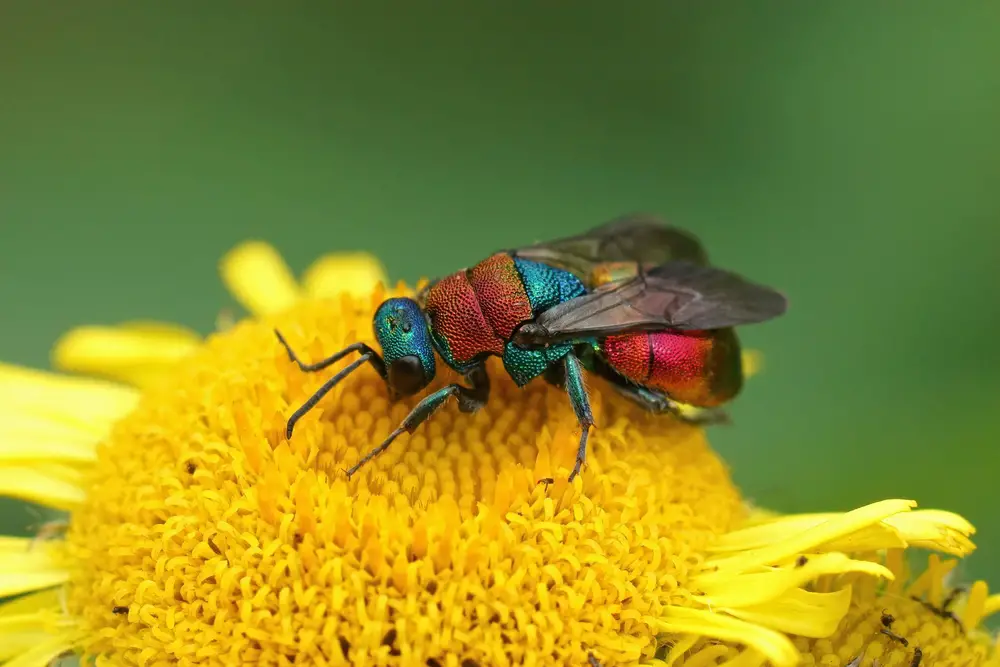
The jewel wasp turns the horror up to eleven with its mind-controlling antics. This wasp targets cockroaches, injecting them with venom that paralyzes their front legs and, even more disturbingly, affects their brains. The venom alters the cockroach’s behavior, leaving it docile and submissive. The wasp then leads the zombified cockroach to its burrow, where it lays an egg on the cockroach. When the larva hatches, it consumes the still-living cockroach, completing the wasp’s gruesome reproductive cycle. It’s a horror story of parasitic control that rivals the most chilling sci-fi plots.
While jewel wasps aren’t interested in humans, their ability to manipulate another creature so completely is both fascinating and terrifying. They offer a real-world example of mind control, demonstrating the lengths organisms will go to ensure their survival. As creepy as it is, the jewel wasp’s life cycle showcases the brutal efficiency of nature’s more sinister designs. It’s a reminder that the animal kingdom isn’t just survival of the fittest—sometimes it’s survival of the freakiest. If that’s not horror movie material, I don’t know what is.
7. The Eerie Echo of the Lyrebird
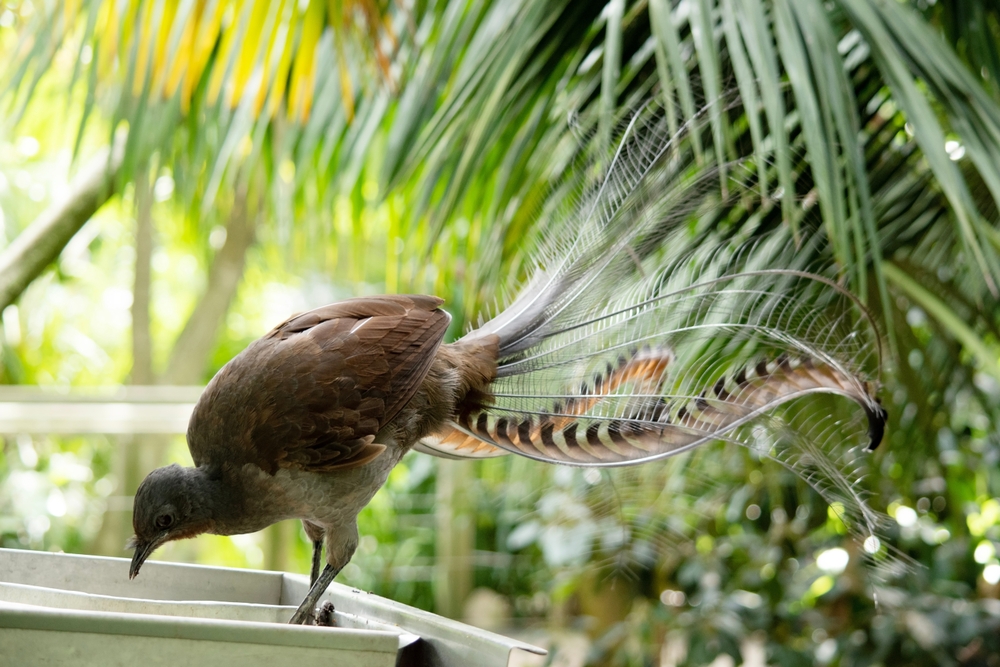
Imagine walking through an Australian forest and hearing the sound of camera shutters, chainsaws, or even a crying baby, only to discover it’s all coming from a bird. The lyrebird is the ultimate auditory illusionist, capable of mimicking nearly any sound it hears. This bird’s vocal repertoire includes everything from car alarms to human speech, creating an eerie atmosphere in its natural habitat. It’s like the audio equivalent of a shapeshifter, leaving listeners questioning what’s real and what’s not.
The lyrebird’s mimicry skills are not just for show; they play a role in attracting mates and deterring rivals. But the unsettling part is how incredibly accurate their imitations are, often fooling even the most discerning ears. These birds can create an auditory horror show, spreading confusion and intrigue through the forest. While they’re not dangerous, encountering a lyrebird in the wild can still send shivers down your spine as you try to locate the source of the disembodied sounds. They remind us that sometimes, nature’s most terrifying powers are the ones you can’t see.
8. The Nightmare-Inducing Strategy of the Star-Nosed Mole
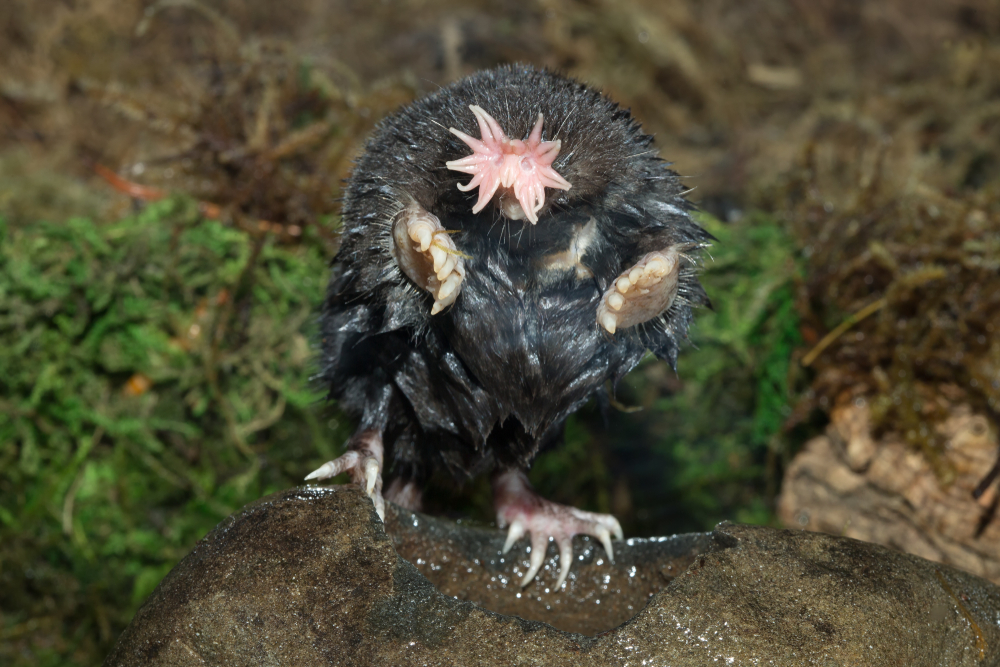
The star-nosed mole looks like something out of a creature feature with its unique and unsettling appearance. Sporting 22 pink, fleshy tentacles surrounding its nose, this mole is a master of tactile sensation. These tentacles are covered in over 25,000 sensory receptors, making the star-nosed mole the fastest eater in the animal kingdom. It can identify and consume its prey in less than a quarter of a second. Imagine a creature capable of “seeing” the world through touch, transforming it into a speed-eating, subterranean terror.
But what makes this mole truly nightmarish is its hunting prowess. Living in dark, wet underground tunnels, it uses its star-shaped nose to detect worms and insects with chilling efficiency. It might not be the stuff of traditional horror films, but the star-nosed mole’s uncanny ability to navigate its murky world with such precision is both fascinating and frightful. Its star-shaped nose is a reminder that evolution can create creatures that defy our typical notions of beauty—and scary in their own right.
9. The Bone-Freezing Gaze of the Basilisk Lizard
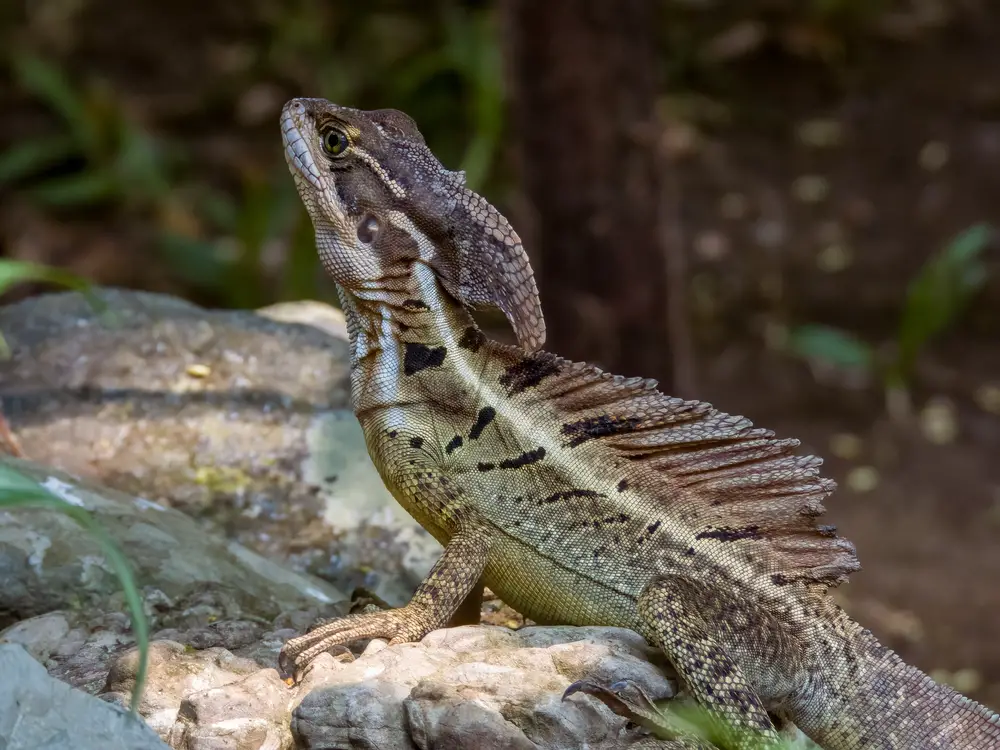
Nicknamed the “Jesus Christ lizard,” the basilisk lizard possesses a seemingly supernatural ability to run on water. This small reptile can sprint across the surface of ponds and rivers, seemingly defying gravity with every step. Watching a basilisk lizard dash across the water is like witnessing a miracle—or a digital effect straight out of a horror film. Its ability to escape predators by skimming the water’s surface adds an eerie and mythical quality to this otherwise unassuming creature.
But the basilisk’s power isn’t just in its watery escape; it’s also in its appearance. With its crested head and intense gaze, the basilisk lizard looks like it just emerged from an ancient legend, ready to cast spells or curse those who cross its path. Its incredible speed and agility allow it to escape from danger in seconds, making it a master of survival. Though it’s not dangerous to humans, the basilisk lizard’s water-walking trick is a haunting reminder that nature holds secrets beyond our understanding. It’s a creature that effortlessly blurs the line between reality and myth.
10. The Bewitching Web of the Golden Silk Orb-Weaver
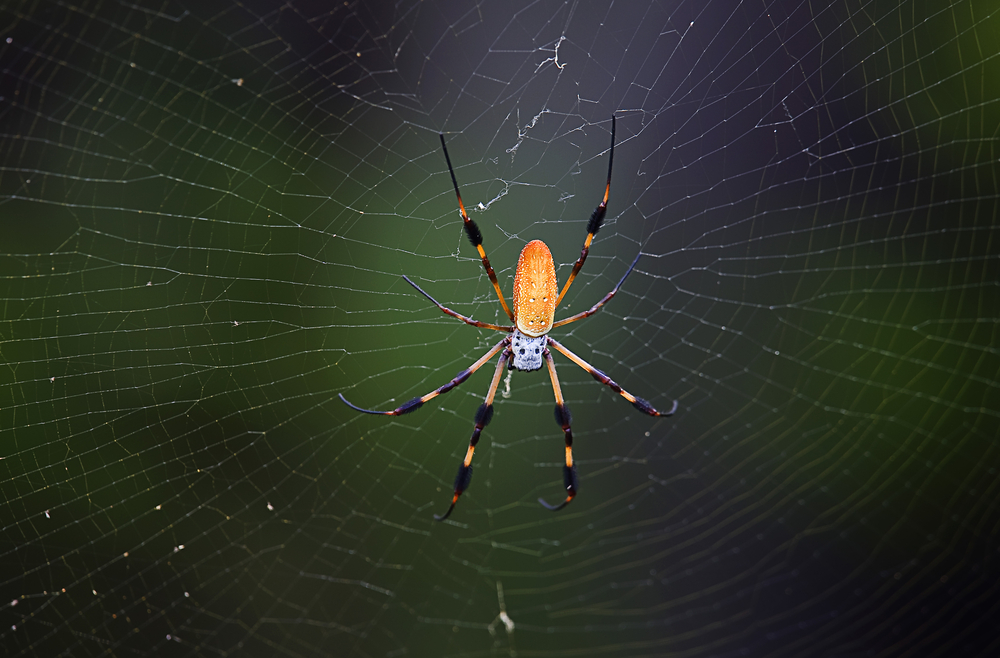
While spiders often find their way into our worst nightmares, the golden silk orb-weaver takes it to another level with its glimmering, golden web. This spider spins webs with a silk so strong and sticky, it’s been compared to Kevlar. Imagine wandering into a web that’s nearly invisible yet possesses the strength to trap large insects or even small birds. It’s like being ensnared in a haunted, unbreakable net spun by a shadowy specter, waiting patiently to feast on its caught prey.
As if its webs weren’t impressive enough, the golden silk orb-weaver itself is quite the spectacle. With striking colors and long, slender legs, it looks like something out of an alien invasion movie. Despite its appearance, these spiders are not harmful to humans, their bite rarely causing more than minor irritation. However, the thought of encountering one of their expansive, shimmering webs in the wild is enough to send chills down anyone’s spine. They serve as a glimmering reminder that nature’s beauty often comes with an edge of the eerie and the unknown.
